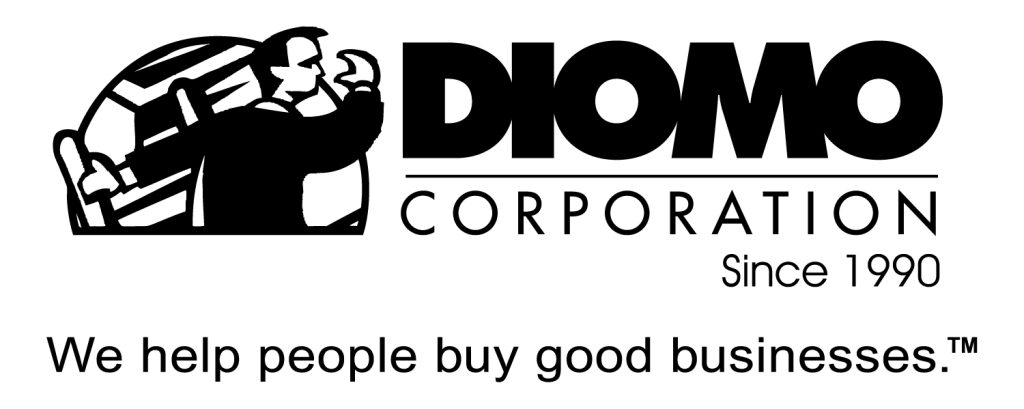As we have discussed in prior posts,
business valuations are an art, not a science. So when the time comes for valuing a business, you need to consider how to weigh the financial reports to determine your price.
While there are no hard rules; the fact is that the most recent past will provide you with the best guess of the near-term future.
Generally, you will want to analyze at least three years of tax returns and company profit/loss statements to determine an average profit level.
It is normal for a seller to alter the weight of each year and arrive at their asking price depending upon how the business has performed in the most recent fiscal period.
If sales and profits were up, it is almost a sure bet that they will provide the greatest weight to that period.
Of course, if the past few years have been consistent, then determining what percentage you should allocate to the past one, two and three years, is quite easy.
Personally, I like to use a weight of 70/20/10 percent respectively – meaning take 70% of the recent year, 20% of the one before, and 10% of the statements from three years ago. If however, the most recent year is either unusually high or low, then the scenario may very well be set for a performance-based earnout. In today’s economy, more deals are being done this way, and it makes sense.
Of equal importance, you should be looking at the results of a rolling twelve month period. This means you need to analyze the financials for the twelve months preceding today and compare them to the prior to twelve month periods. The reason you must do this is because if a business is in decline, it may not have shown this trend as of the last calendar or reporting period.
The one area where buyers also need to be cautious is with annualizing financials. For greater clarity, annualizing numbers is when you take a specific recent period (i.e. four month of financials) and simply multiply them by three to get a figure of what the full year will “look like”.
The problem is this is really going out on a limb in the guessing department.
I generally will never annualize anything less than a full nine month period. A business can change so quickly and so using a very limited period and simply extrapolating numbers, is a stretch.
When the overall economy gets tough like we are experiencing today, valuing a business becomes a bit more cumbersome. The reason being
you have to look beyond the financials to understand what the industry trends may be and also what looming threats may exist that can adversely impact the business in the near future after you take over.
For example, the business may doing okay but a number of key customers could be having their own financial challenges and this may only become evident over the next year.
Do yourself a favor and read the Special Report we have compiled that addresses all of the fundamental issues you need to address including valuations when buying a business in today’s economy. You can sign up and download the report at: http://www.diomo.com/tips.html

